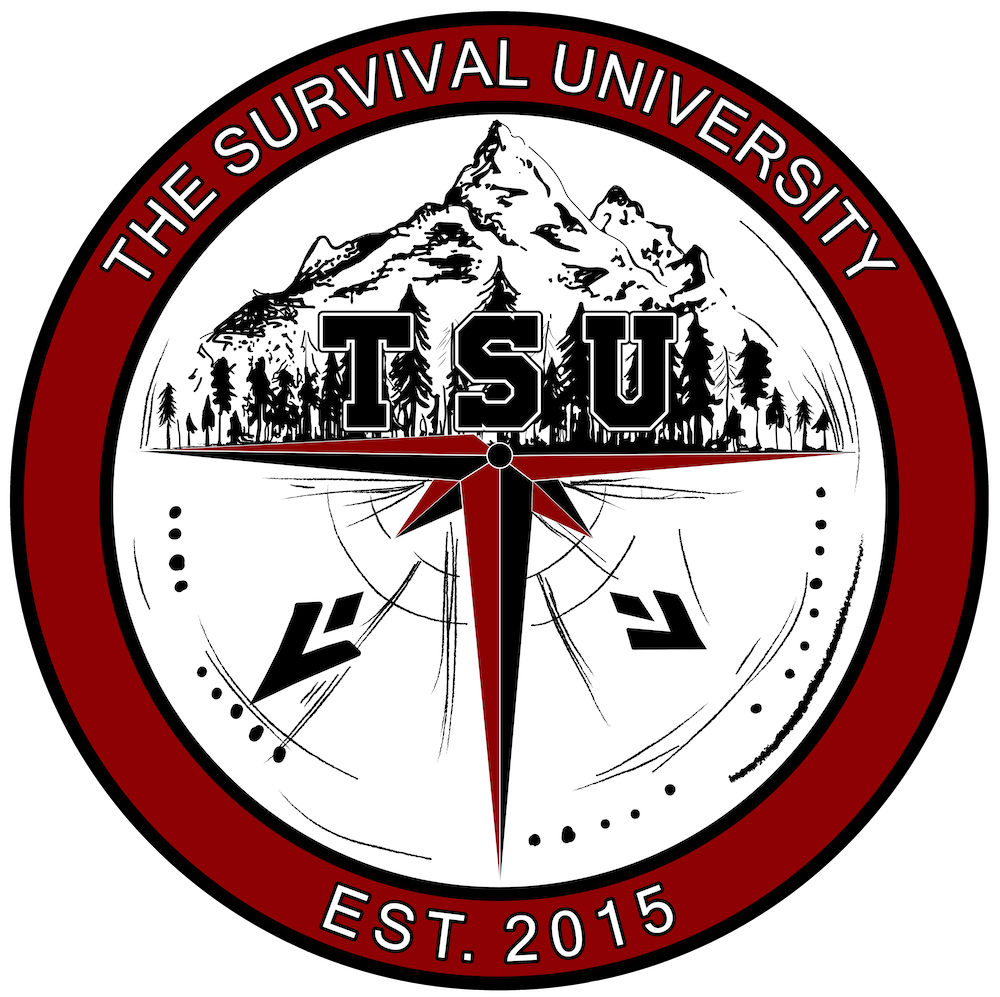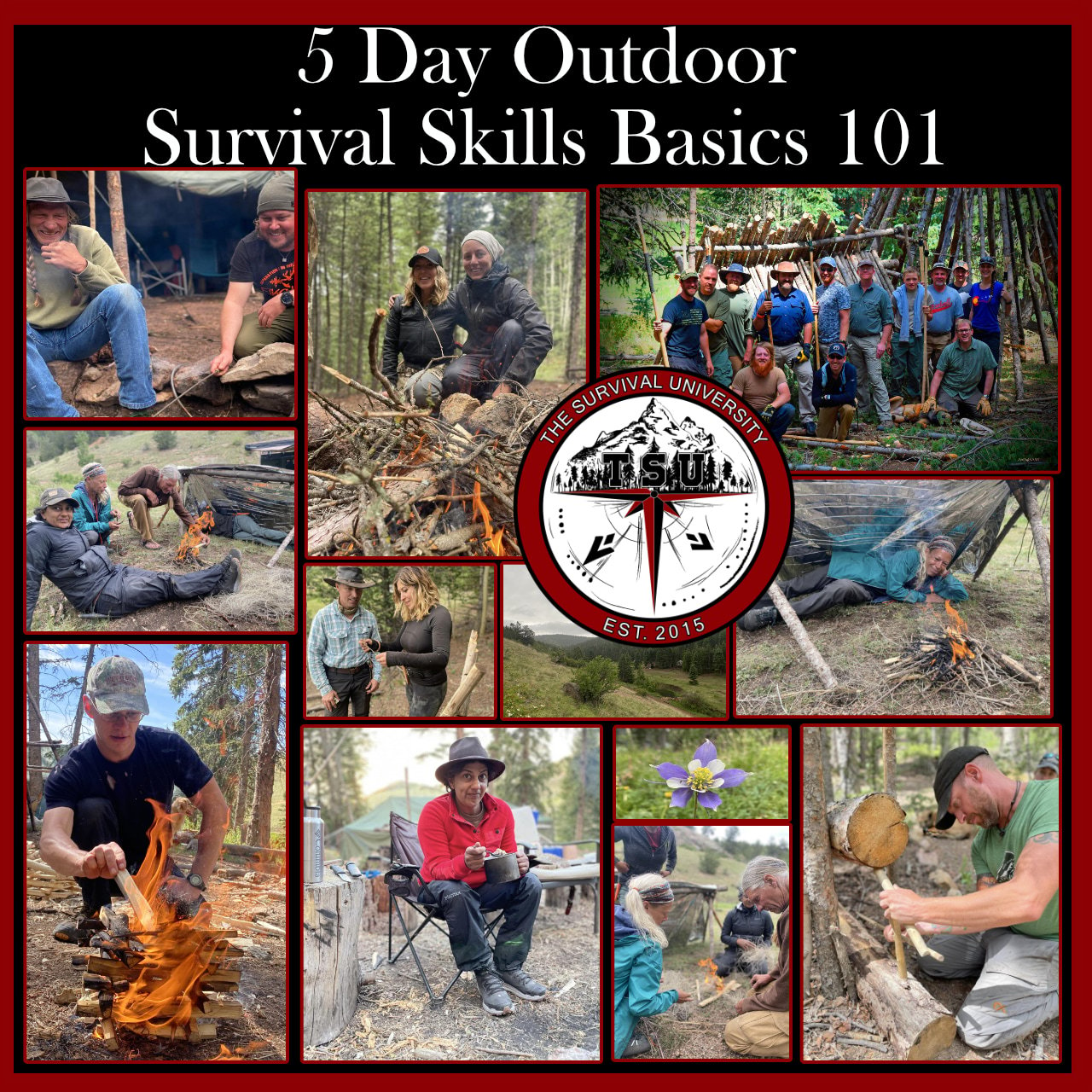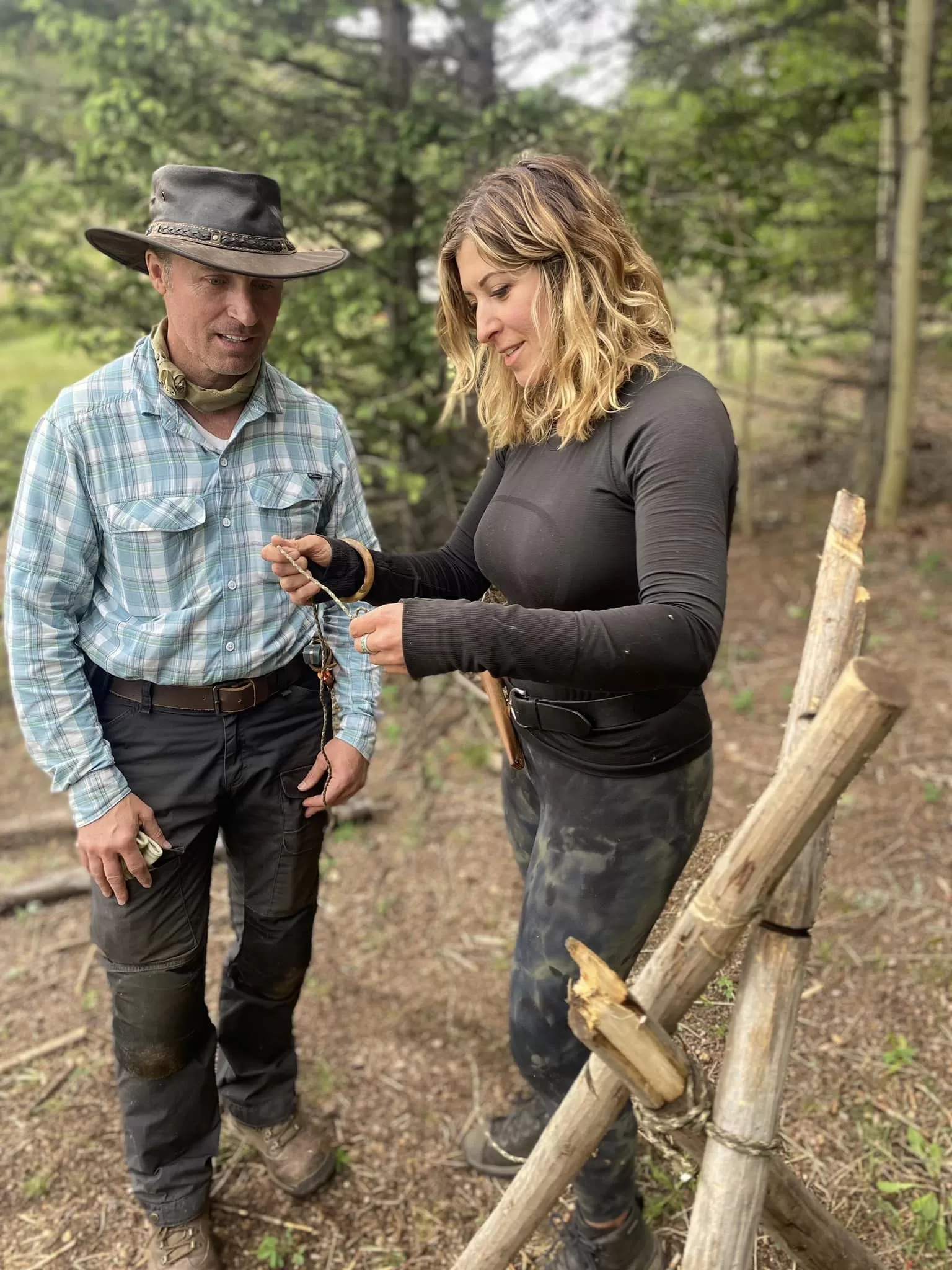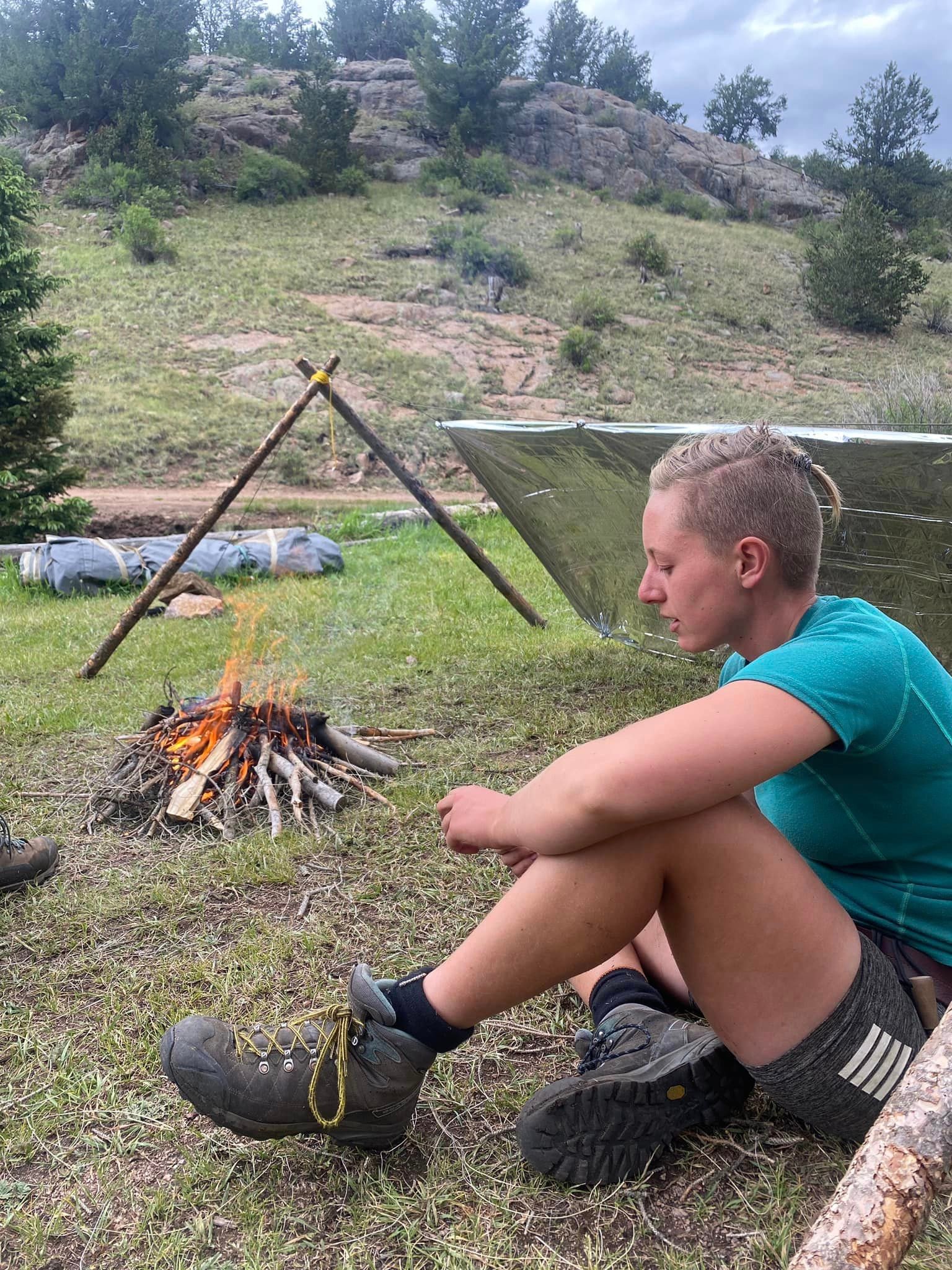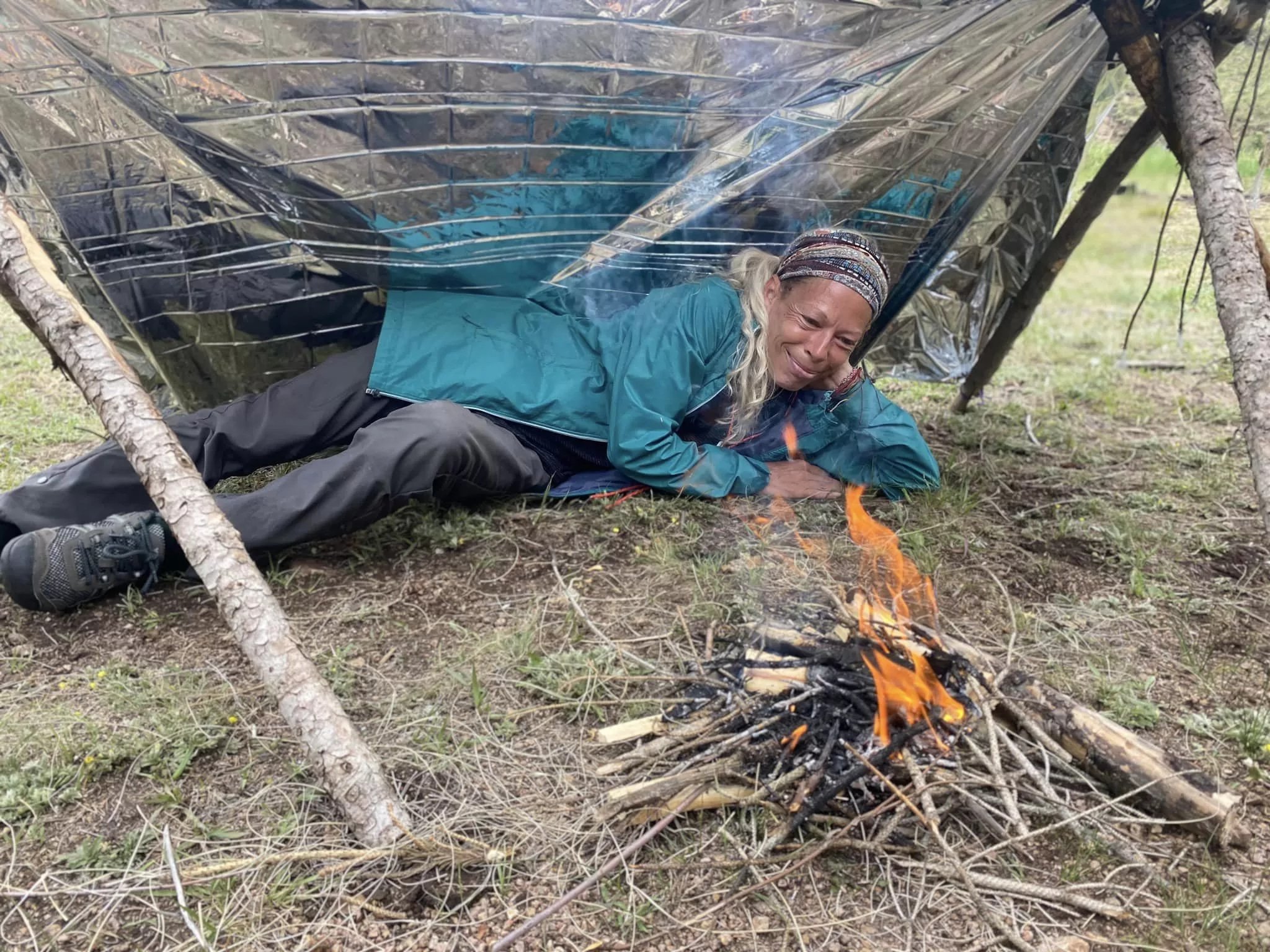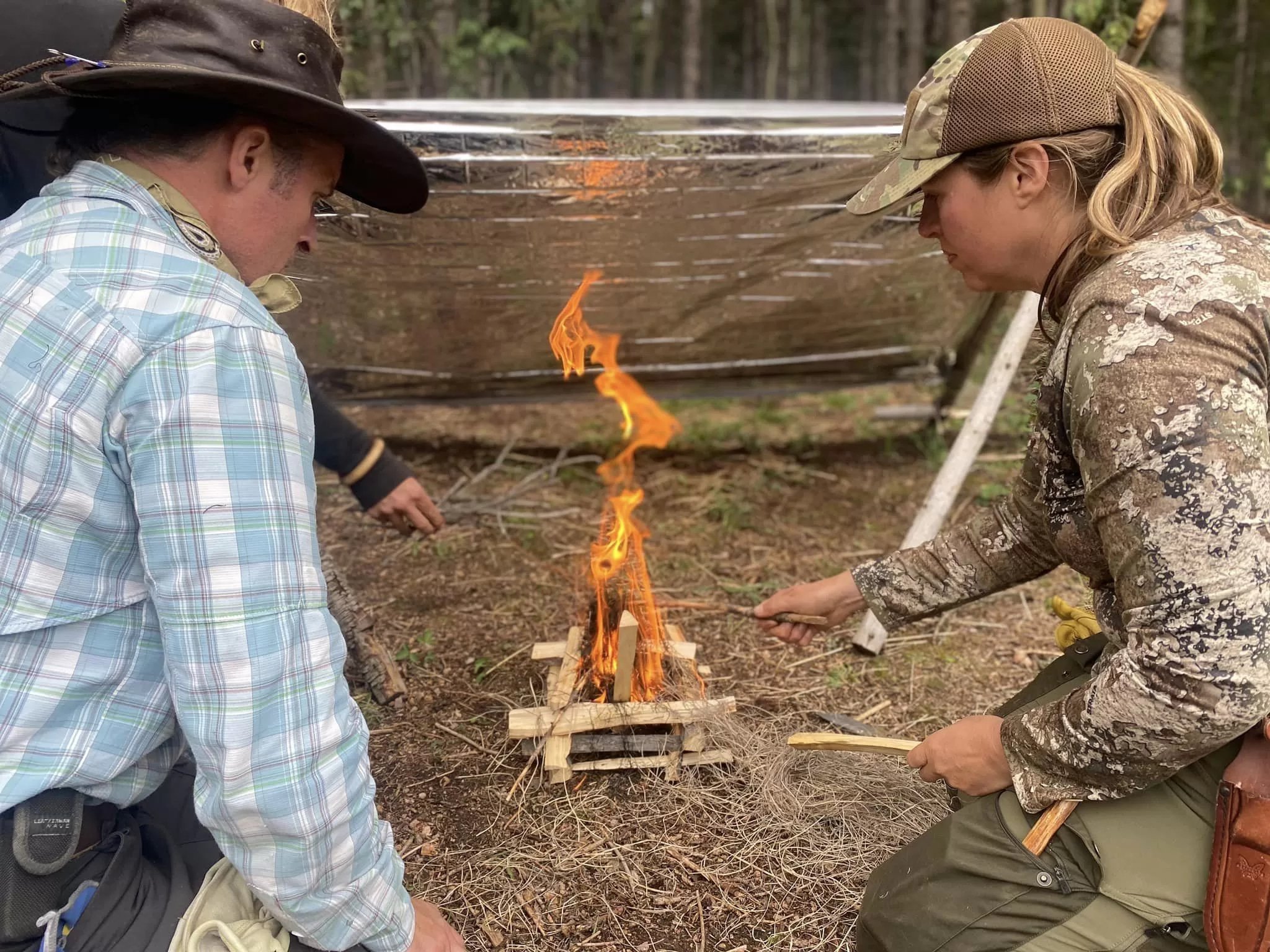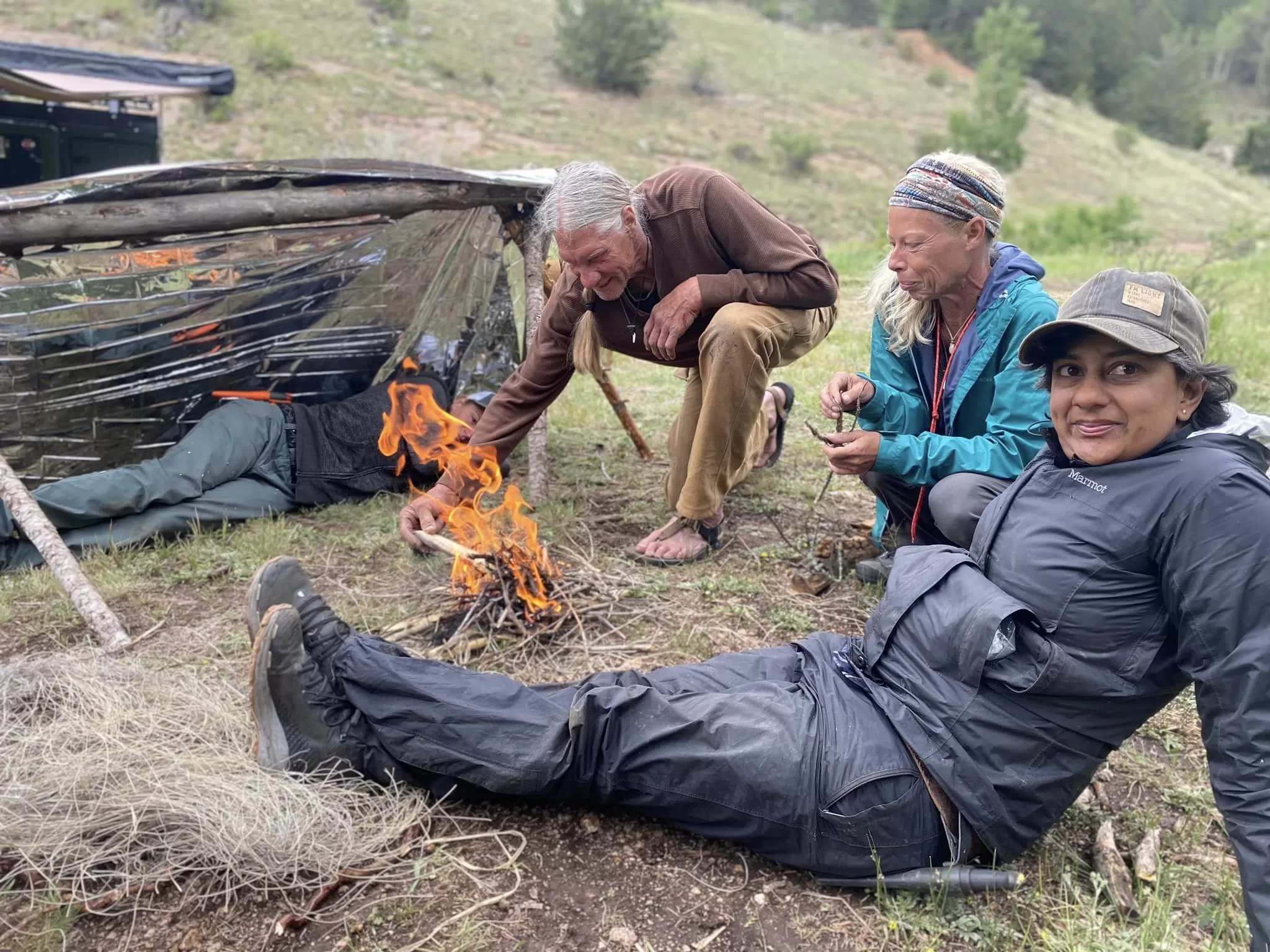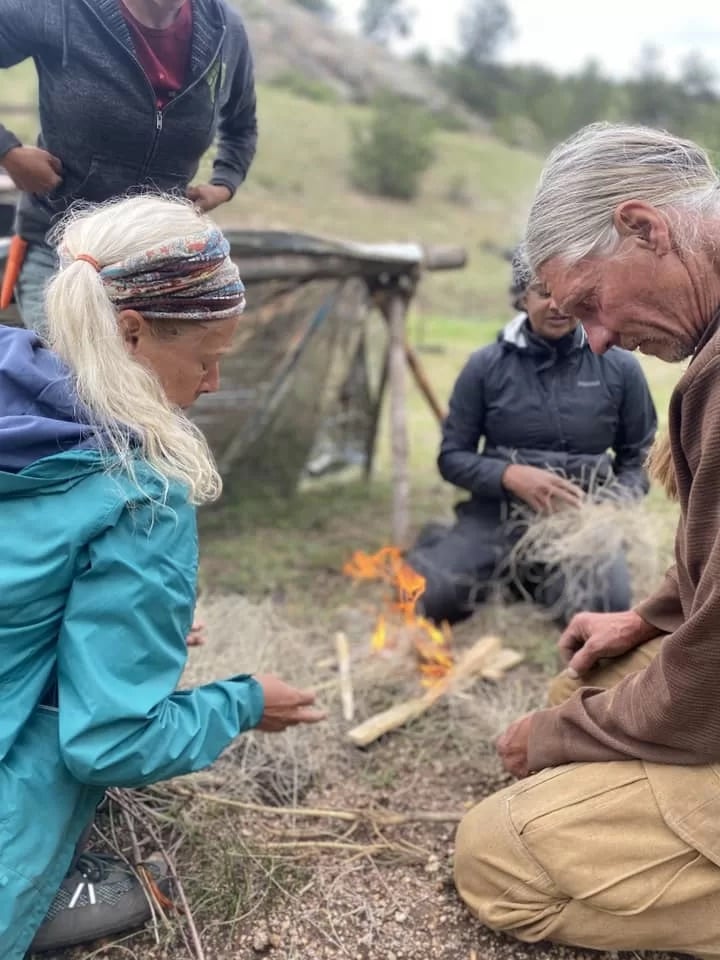5 DAY OUTDOOR SURVIVAL BASICS 101
$595.0
This course is very intensive and is almost entirely hands-on on with very little lecture time. This training is not so difficult that families and children can’t attend though. These are skills that will impress your friends the next time out camping or hunting and these are skills that tend to stick with you for a lifetime. The skills are taught in a laid-back survival camp environment. This survival training will help increase survivability, self-sustainability, bushcraft skills, and overall comfort in the wilderness.
Dates:
May 3-7, 2024
May 31-June 4, 2024
June 21-25, 2024
July 3-7, 2024
August 23-27, 2024
September 20-24, 2024
COURSE DESCRIPTION
The 5 Day Outdoor Survival Basics 101 course runs concurrently with the 3 Day Outdoor Survival Basics 101 and covers the same basics of survival and outdoor skills with fire, shelter, water, and various other basic and intermediate skills. The extra two days provides students the opportunity to delve deeper into more primitive technologies such as natural cordage or rope, primitive and modern traps for food procurement, additional primitive tools, wild plant identification, and a mini survival scenario for students to practice and apply their learned skills.
In this course we will focus on both primitive and modern survival techniques with an emphasis on a few basic tools that an adventurer should have in their backpack when venturing out into the wilderness. This course will prepare the student for situations that people tend to find themselves in when things go wrong in the wilderness. Outside of a survival situation, this class will simply allow the student to feel more comfortable in the woods.
This 5 Day Outdoor Survival Basics 101 training course is all hands on field training, with minimal lectures and no power point presentations! Prepare to get your hands dirty! This class is based on the well-known and utilized survival standard Rule of Threes. In general, a human can survive three minutes without air, three hours exposed to the element, three days without water and three weeks without food. Each day we will cover a different topic with the first day teaching many basic survival techniques that we will continue to use throughout the week. We will go over basics of survival, shelter, fire, water, food, primitive tools, survival kit preparation and more! With these basic outdoor skills, a hiker will feel more comfortable every time they throw on that pack and head out onto a trail.
With the skills taught, adventurers will know what it takes to survive in almost any environment or condition and begin their journey into total wilderness self-reliance. The outdoor survival skills training is all-inclusive as it covers many different subjects about wilderness survival and these skills will work in every region around the world in almost all climates.
While the outdoor survival skills training is in-depth, families are welcome and encouraged to attend the course for learning these vital outdoor skills in a family friendly environment. Self-reliance skills truly give everyone an empowered feeling because after training with The Survival University, adventurers will be confident walking into any environment and their ability to take care of themselves, their friends, and their family.
ITINERARY
On day one we will cover psychology of survival, the priorities of survival, situational awareness and how to focus and occupy your mind in a survival situation. Students will also learn what to do in an animal encounter, proper knife and axe skills, water purification using modern and primitive technology as well as survival kit mentality, and lost proofing. Lost proofing is the research, planning and preparation done before venturing out into the wilderness as well as contingency plans or communication devices that should be considered to signal for help should the situation arise.
On day two we will focus completely on fire and it’s many uses. In the survival basics class we will teach several fire starting methods, including how to effectively start a fire using modern tools, and by primitive means such as flint and steel, and bow drill friction fire set. We will then teach students various fire lays, such as how to make a full-length all night fire, and a Dakota fire pit. This course will show the importance of fire in a survival situation, as it provides a way to purify water, cook food, regulate body temperature, improve mental state, and prevent hypothermia.
On day three students will learn basic knot tying, techniques for creating tarp and expedient emergency shelters. Instructors will demonstrate how to build a shelter that will keep you warm and dry, or cool and shaded, depending on the environment you find yourself in. Students will be instructed on safe site selection, and correct placement. Students will then be given the opportunity to build an emergency shelter, using the skills and techniques taught throughout the day. The day is completed with a final lesson where students will be tasked with a practical exercise combining and utilizing skills previously learned on previous days.
On the fourth day of the course, students will be taught how to process plant materials to create primitive cordage. This skill is crucial when modern resources are scarce. The cordage created in class will be utilized to construct an effective survival trap. Students will learn the fundamentals of trapping through hands-on experience with natural materials. They will be taught to construct primitive traps and will have the opportunity to build some of their own. In addition, they will learn how to make snare wire traps and take a walk to identify the best places to set traps. It’s important to note that trapping is illegal in Colorado, so we will not engage in any actual trapping during the course. Instead, we will focus on demonstrating proper trapping techniques. Finally, students will be led through a survival trap demonstration course. This will allow them to practice setting up various trap styles and learn more about trap toggles, trigger sticks, engines, and other support structures. Through this experience, students will gain a deeper understanding of trapping and survival skills.
On the fifth day of the course, students will delve into advanced primitive fire-making techniques, including the bow drill friction fire method. Additionally, we will take a short plant walk to introduce them to a handful of plants with edible, medicinal, poisonous, and utilitarian properties. During this walk, some plants will be harvested for toolcraft and sustenance.Moreover, students will have the chance to practice and review the skills learned in previous days and complete any unfinished tasks. This will enable them to solidify their knowledge and improve their proficiency in the course material.
COURSE TOPICS
- Psychology of survival
- Lost proofing
- Animal encounters
- Knife, axe and saw safety
- Whittle notches in a try stick
- The priorities of survival
- Hygiene
- Fire craft (both primitive and modern)
- Survival shelters (both primitive and modern)
- Water purification and filtration
- Knot tying
- Survival kit mentality and preparation
- Choosing and using tools for survival (both primitive and modern)
- Signaling
- Natural cordage
- Modern and primitive survival traps
- Food procurement
COURSE OUTCOMES AND DEMONSTRATED SKILLS
- Basic understanding of the psychology of survival
- Proper trip safety planning and preparation
- Demonstrate basic survival skills and the ability to be more self-reliant
- How to avoid animal encounters and what to do in case of attack
- Practice and demonstrate proper knife skills and tool maintenance
- Ability to carve various notches and determine their uses
- Tie multiple knots and determine their practical uses
- What to put in your survival kit and how to effectively use and maintain it
- Understand the importance of personal and camp hygiene
- Primitive and modern fire starting techniques and fire starting tools
- Multiple fire lays and long term fire maintenance and sustainability
- Constructing effective tarp shelters and emergency shelters
- Learn how to find, filter and purify water
- Water filtration vs purification
- How to use primitive and modern devices to signal rescuers
- How to process plant fibers to use for toolcraft and cordage
- Set multiple modern and learn their functionality
- Successfully build and trigger primitive survival traps
- Learn how to procure food by passive and active means
LENGTH
5 Days / 4 nights
ACCOMMODATIONS
If students do not wish to camp with us, the town of Cripple Creek is a short 15 minute drive from our location and Woodland Park is 30 minutes away. Students will be responsible for making their own reservations with nearby hotels. We do have a central community campfire location with a few designated campsites but mostly offer dispersed camping. Students will be able to drive their car within 100 feet of the main camp and will not have to hike gear for long distances.
- Shelter Lodging: Students can stay in one of our 20 person GP Medium tents when not running field exercises or may stay in their own tents, campers, vehicles or a primitive shelter. Our tents are complete with wood burning stoves for cold weather conditions. This is a shared tent for all students that wish to use it.
- Sanitation/Hygiene: A portable restroom and potable water will be provided at the main camp.
FOOD AND WATER REQUIRED
Water will be provided but students will need to bring their own food. We recommend quick field expedient meals such as freeze dried hiking meals or MRE’s. They can quickly be made at our primitive camps and won’t slow down the learning process. However, students may bring any food that they wish to cook over the campfire or on their own personal camp stove.
Food can be purchased locally at nearby facilities. Walmart and several local eateries are within a reasonable driving distance.
SUGGESTED GEAR LIST
We do not provide students with gear unless they have purchased it from us ahead of time. Not much gear is needed for our courses, though good equipment does speed the learning process up greatly! Gear does not have to be purchased from our store to attend the course, but we recommend survival gear of equivalent quality.
- Fixed blade knife (Preferably a full tang bushcraft style knife WITHOUT a serrated edge, 4”-5” blade length, no double edged daggers)
- Ferrocerium rod
- Poncho or rain gear
- Outdoor clothing and appropriate footwear
- Folding hand saw
- Overnight camping gear: tent, sleeping bag, ground pad, etc
- 100’ of 550 paracord
- Shemagh or large cotton scarf
- Headlamp and extra batteries
- Cooking pot and eating utensils
- Single walled metal canteen
- Sunscreen and sunglasses
- Insect repellent
- Small backpack
- Check Recommended Items List for more details!
If it is still not clear what gear is needed for our survival courses, then we have assembled a complete kit that is still high quality but for a budget friendly price. All the items in this kit were hand selected by our instructors to be the best bushcraft tools on a budget. This survival kit is a useful starter kit that can be used in all of our courses. These tools are a must-have at a good price. It’s a great survival kit, bug out kit, go bag, or use it as a solid foundation to build a kit that perfectly fits your needs. With this kit and our training anybody can survive like a king in almost any environment!
NOTE
Due to the different levels of prior experience and knowledge among students in each class, individual outcomes may vary. Weather conditions can also be a factor in changing class content slightly. Nonetheless, our instructors will always endeavor to be as accommodating and consistent as circumstances will allow to ensure students get the best training experience and value for money.
